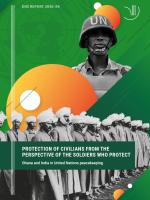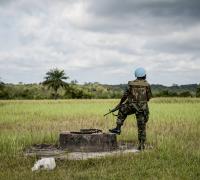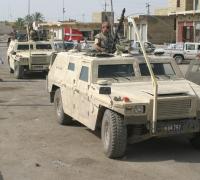Understanding soldiers who protect civilians in the world’s hotspots
UN peacekeeping missions are deployed in increasingly violent contexts, such as Mali and South Sudan. It leaves such missions suspended somewhere between traditional peacekeeping and peace enforcement. Concurrently with this transformation, protection of civilians has become increasingly important.
How do countries like Ghana and India, two of the main contributors of troops to UN missions, define, approach, and experience the task of protecting civilians? What do they consider its key components to be? And what do they think is required to protect well?
This new DIIS report concludes that the individual combat experience of troop-contributing countries is a defining feature of how protection of civilians is approached in peacekeeping missions. The report suggests that it is important to understand how difference plays out across missions, and how countries that contribute troops to missions understand and respond to their roles in these missions. This understanding is required in discussions about how effective and coherent we might expect peacekeeping to be as a form of intervention.
This report is based on fieldwork in India and Ghana. Data on the Ghana case has been partially collected through the project Domestic Security Implications of Peacekeeping in Ghana (D-SIP), funded by the Danish Ministry of Foreign Affairs.
DIIS Experts




